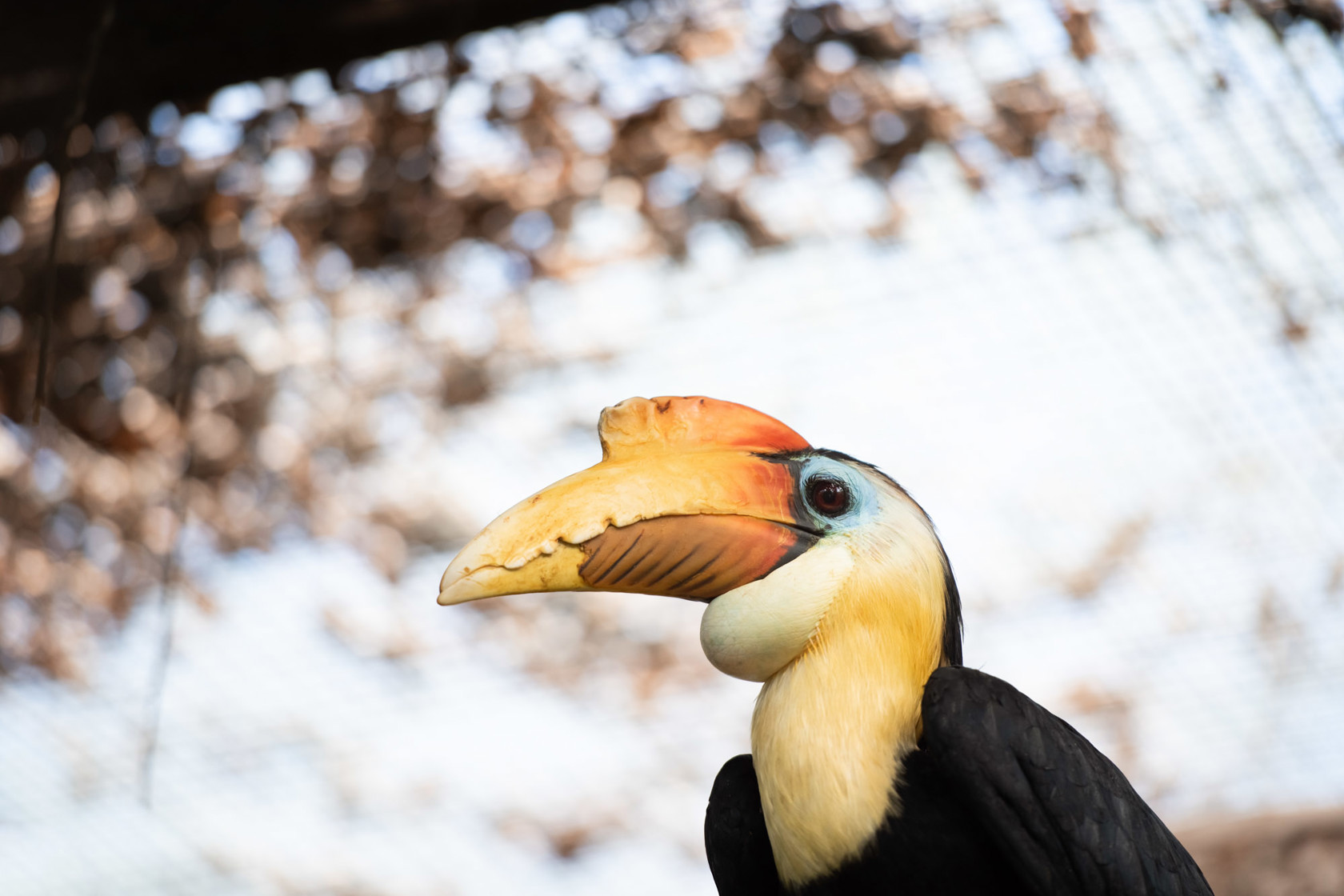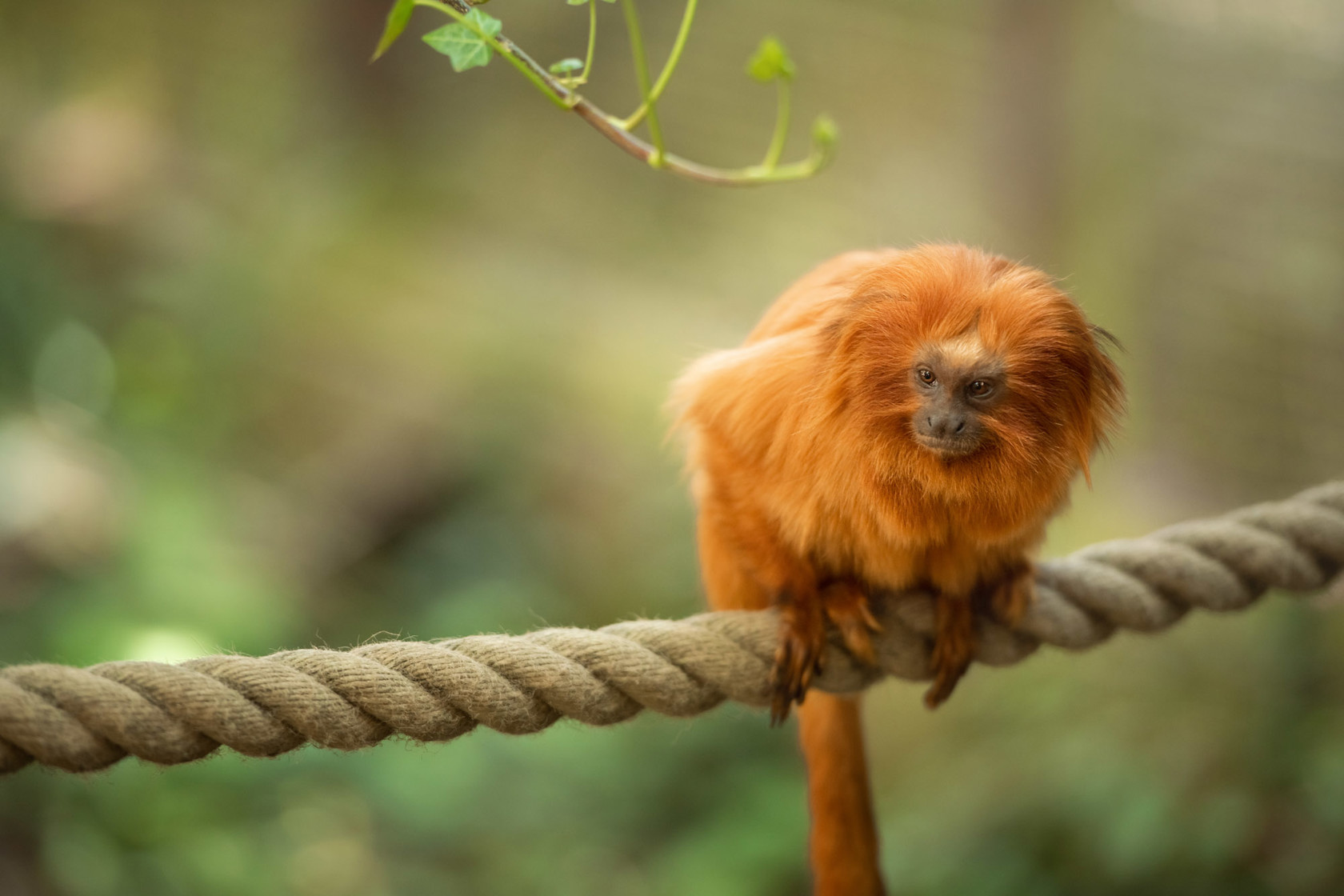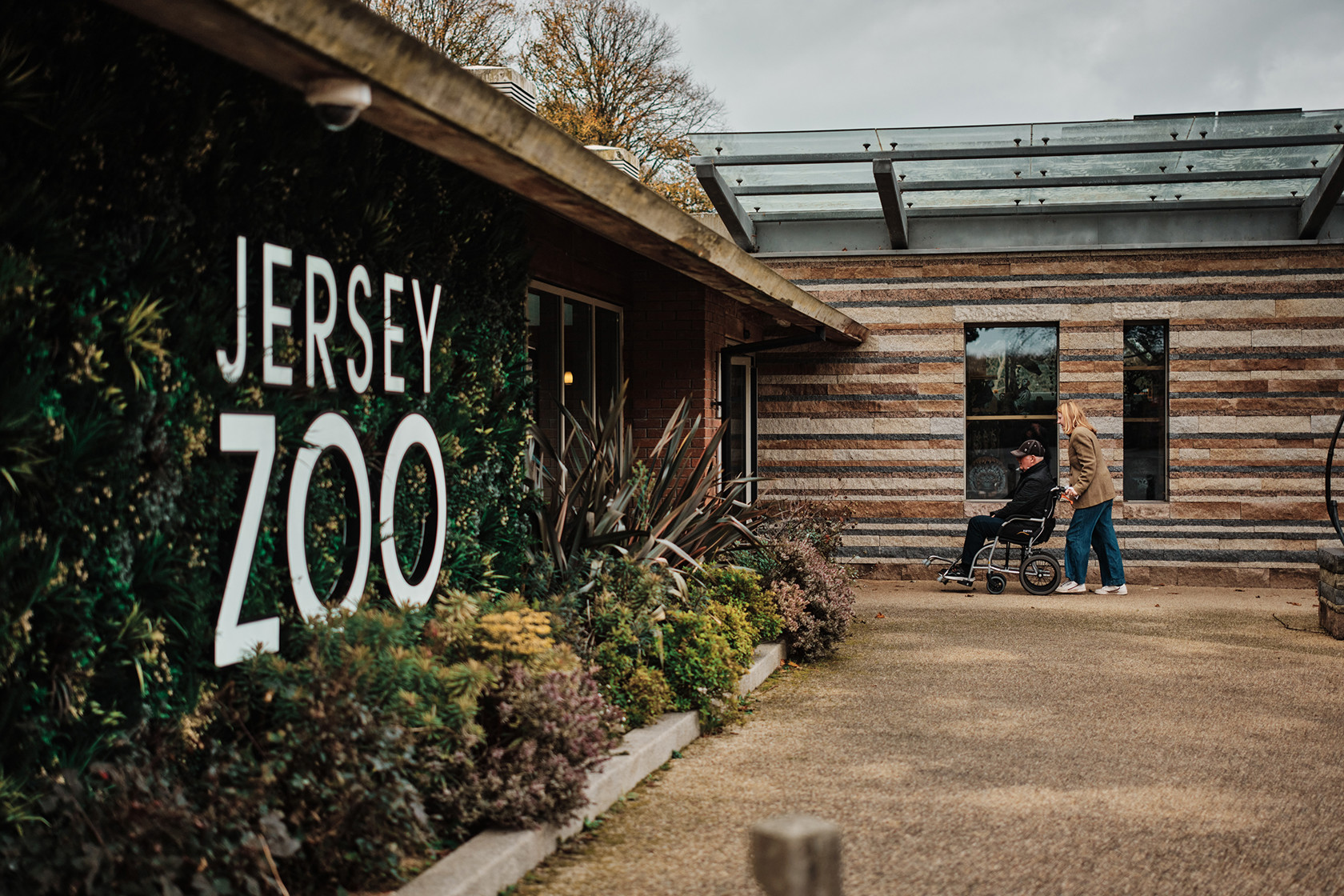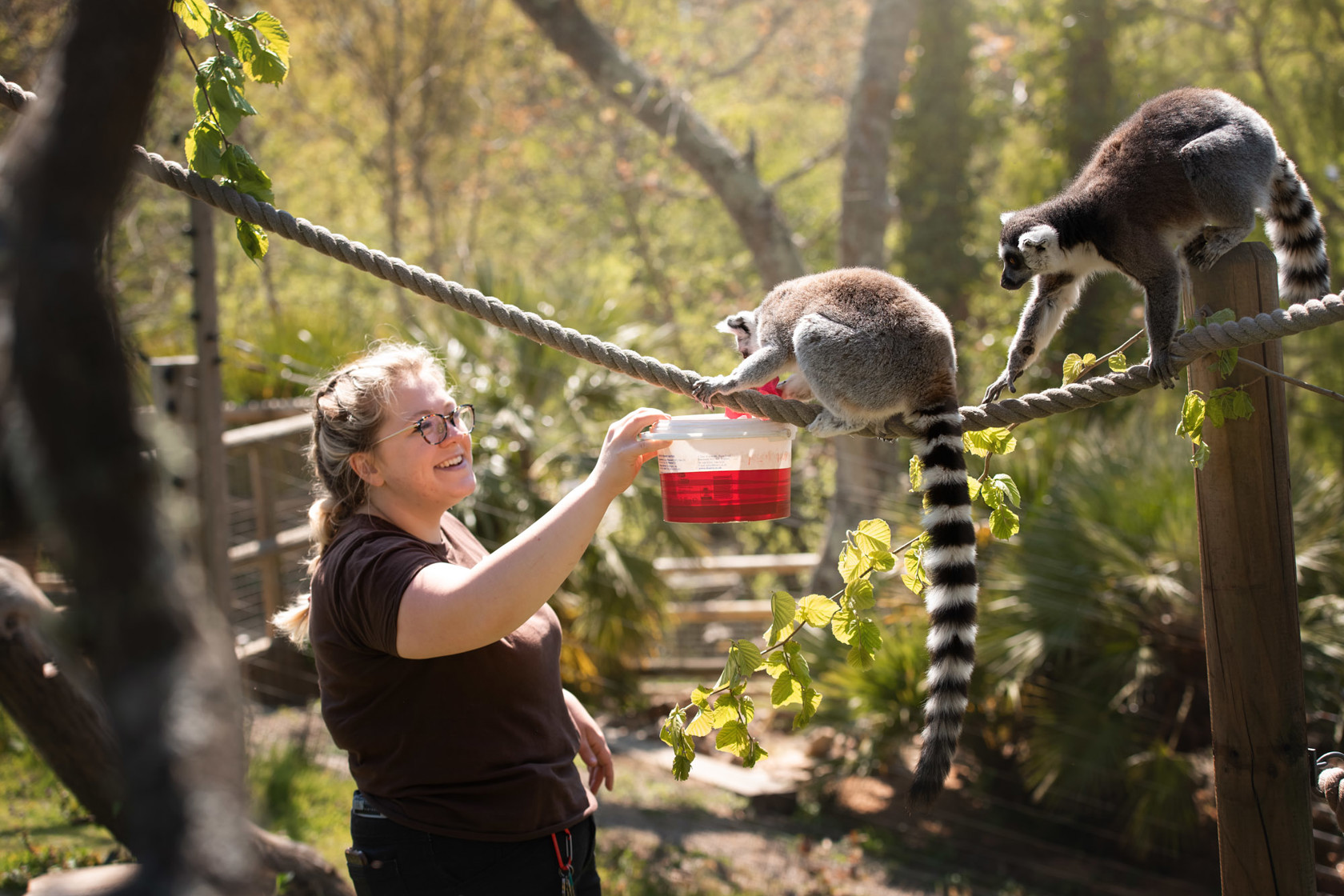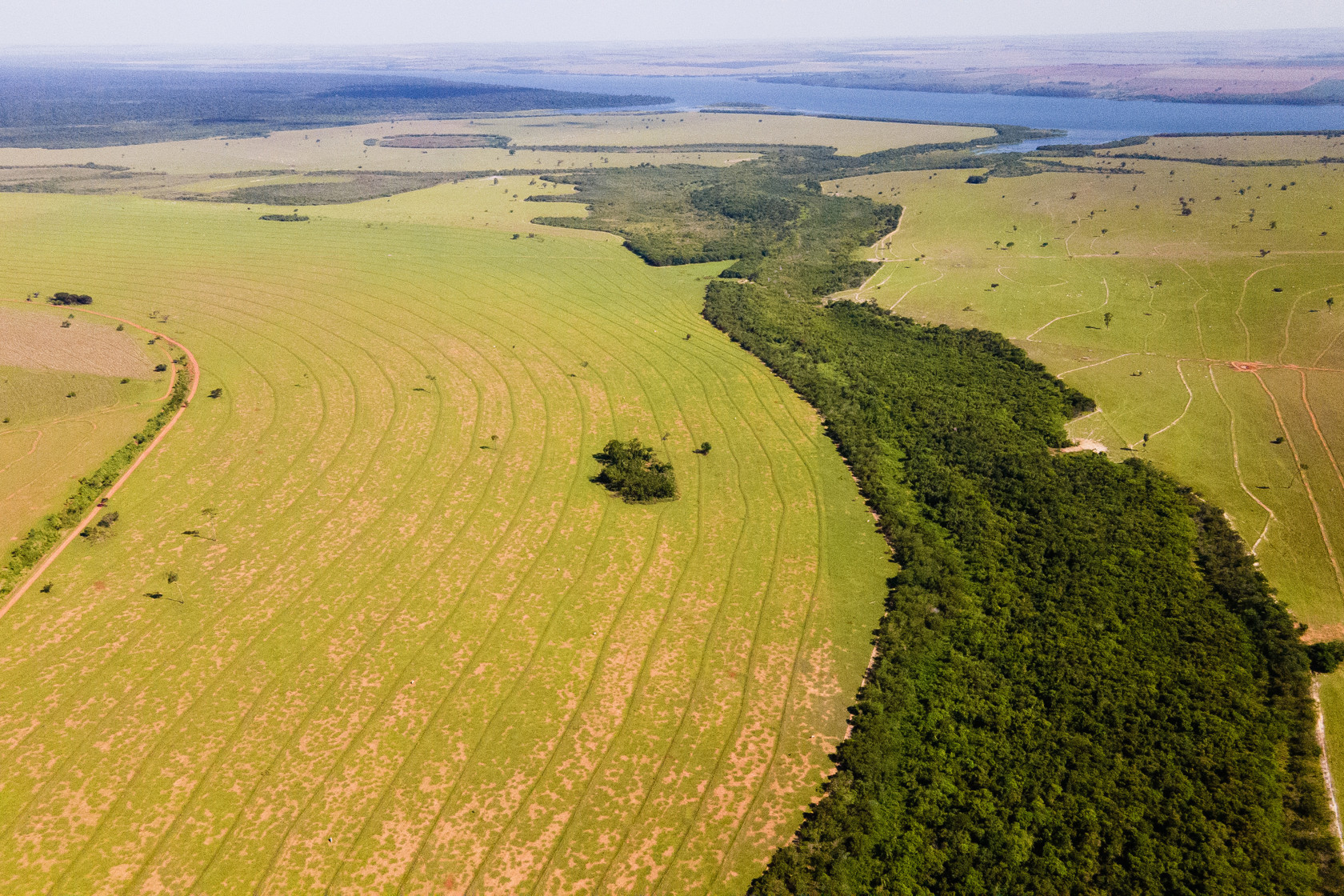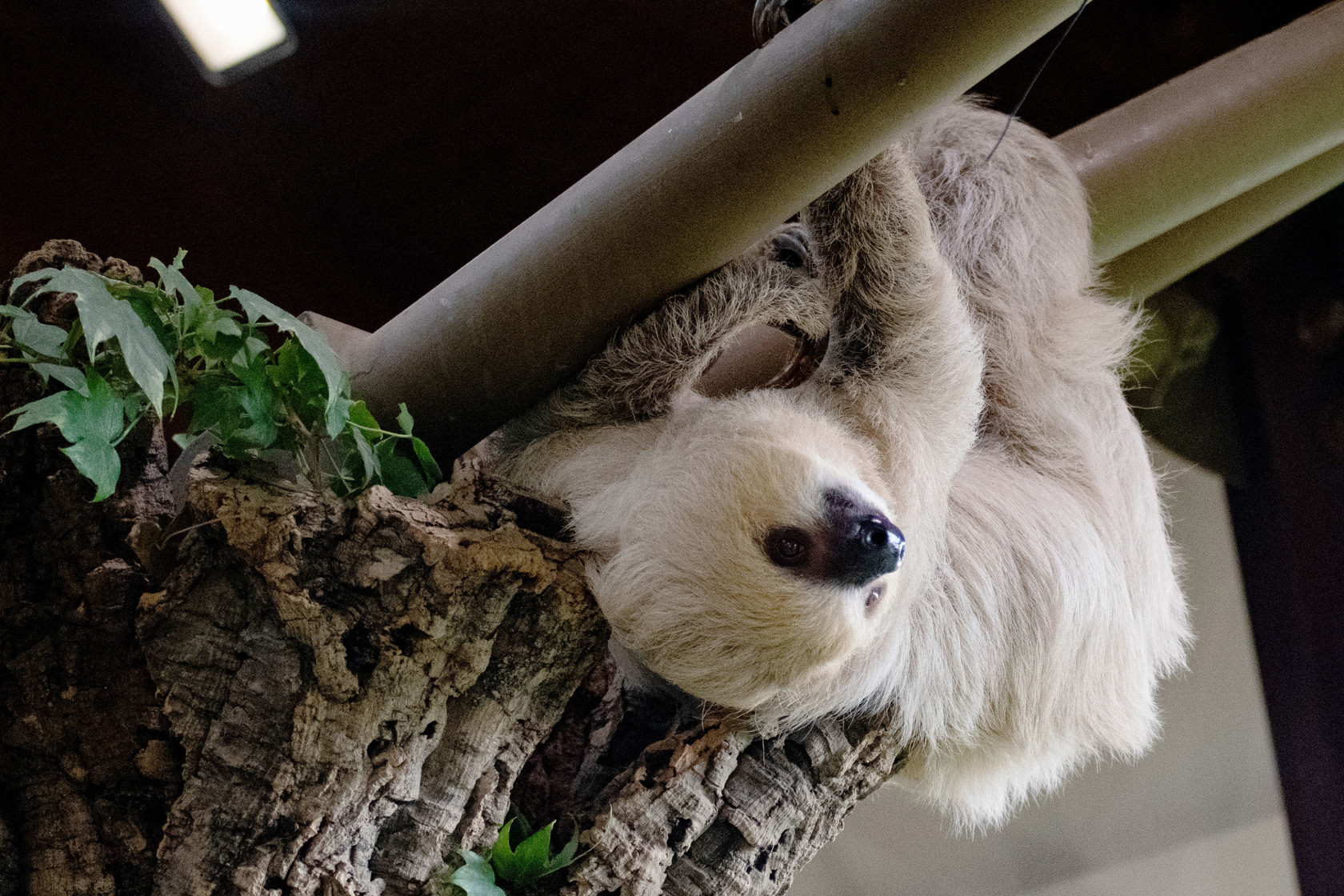37 juvenile white storks released in Sussex
Yesterday a group of 37 young white storks were released at the Knepp Estate, West Sussex. Thirty-three of these birds were hatched at Cotswold Wildlife Park and Gardens earlier this summer, and for the first time this year were joined by four birds hatched at Wildwood Trust in Kent, before arriving at Knepp a few weeks ago. They are settling into their new home, but how long they will stay before they decide to migrate south no one knows!
The white stork is a migratory bird species, and the hope is that in the coming days and week these juveniles will attempt to migrate south for the winter. White storks in Europe take two routes usually when migrating. Western populations migrate across the Strait of Gibraltar to overwinter in areas in the Sahel region in West Africa and eastern birds following a path through Istanbul to overwintering areas in East and South Africa.
The White Stork Project is a pioneering partnership of private landowners and nature conservation charities, which aims to restore a population of at least 50 breeding pairs in southern England by 2030 through a phased release programme. Initial releases aimed at establishing local breeding populations have already been undertaken and Sussex now boasts nine breeding pairs, this year successfully rearing twenty chicks. These released, captive bred youngsters will supplement the population.
Durrell Wildlife Conservation Trust is a key partner in the project, providing post-release monitoring expertise as well as work with the communities surrounding the release sites. Lucy Groves, Project Officer for Durrell commented:
“This year we are releasing a record number of 37 captive bred juveniles here in Sussex, 33 of these are from our partners at Cotswold Wildlife Park and Gardens who have done a fantastic job of raising these juveniles again this year. We are pleased to say that an additional four birds are also coming from Wildwood Trust in Kent who are getting involved with the project for the first time and we hope that they will continue to support the project by providing juveniles each year.
All the white storks are ringed with our blue project rings, beginning with the letters GB, and we are asking the general public to contribute to our monitoring programme by reporting sightings through our website. Eight of the juveniles, including one of the Wildwood birds, have been fitted with specially designed GPS tracking devices. These tags will allow us to monitor their journeys as they head south on migration, several White Stork Project juveniles have made it across Europe and into Morocco in previous years. We will be watching closely to see what they do this year!”
Over 2,000 sightings of UK storks have been recorded from across the UK, France, Germany, the Netherlands, and Spain since releases began in 2019. This information is invaluable for learning about the movement and behaviours of these birds.
Keep an eye on @ProjectStork social media and the news page of the website for updates on their travels!

